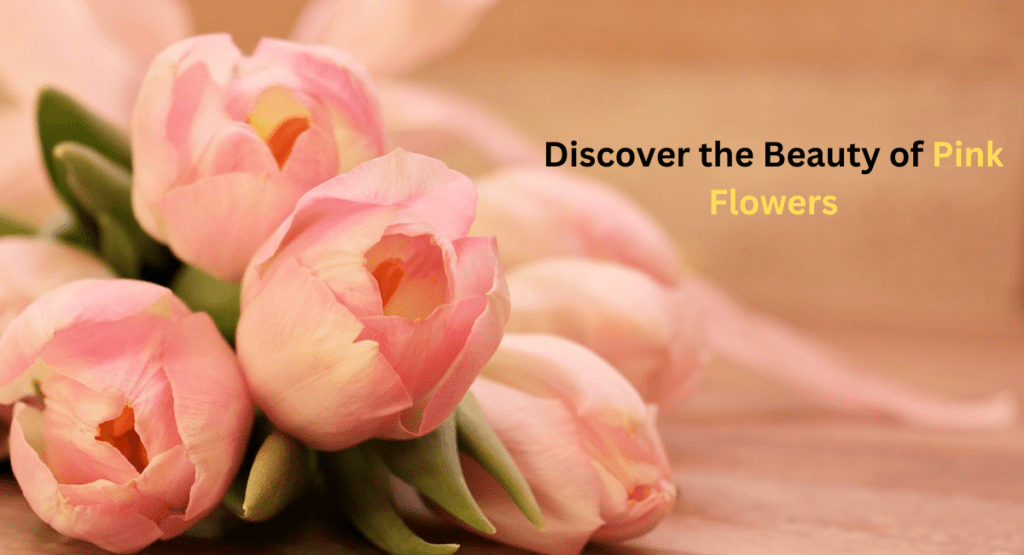“Pink flowers name, such as roses, peonies, and cherry blossoms, are a popular choice in gardens and floral arrangements, appreciated for their soft, delicate, and romantic appearance. There are many different types of pink flowers, ranging in shades from light pastel pinks to vibrant magentas.”
Pink flowers are a popular choice in gardens and floral arrangements, appreciated for their soft, delicate, and romantic appearance. There are many different types of pink flowers, ranging in shades from light pastel pinks to vibrant magentas.
Some of the most popular pink flowers Name include roses, peonies, carnations, cherry blossoms, and tulips. Each of these flowers has its own unique beauty and characteristics, making them perfect for different occasions and settings.
- Roses are perhaps the most iconic of all pink flowers, symbolizing love, romance, and beauty. They come in many shades of pink, from light blush to deep magenta, and are often used in wedding bouquets, Valentine’s Day arrangements, and other special occasions.
- Peonies are another beloved pink flower, known for their large, fluffy blooms and sweet fragrance. They come in shades ranging from pale pink to deep fuchsia, and are often used in springtime weddings and as a statement flower in floral arrangements.
- Carnations are a more affordable and long-lasting option for pink flowers. They are available in many shades of pink, including pale pastels, bright fuchsias, and even variegated patterns. Carnations are often used in Mother’s Day bouquets and as a filler flower in larger arrangements.
- Cherry blossoms are a delicate pink flower that bloom in the spring, creating a stunning display of pink petals against a blue sky. They are highly valued in Japanese culture, symbolizing the fleeting nature of life and the beauty of impermanence.
- Tulips are another popular spring flower, coming in a wide variety of colors including shades of pink. They are often used in Easter and Mother’s Day bouquets, and are a popular choice for gardeners due to their easy care and long-lasting blooms.
Whether you’re looking for a romantic gesture or simply want to add a pop of color to your home or garden, pink flowers are a beautiful choice. With so many different varieties to choose from, there is sure to be a pink flower that fits your style and needs.
Want to learn all flower’s name? this blog will help you to find all the flower’s names in English and all language as well
Table of Contents
ToggleType of Flower - Color
| Flowers Type | |
| White Flowers Name | Blue Flowers Name |
| Yellow Flowers Name | Pink Flowers Name |
| Purple Flowers Name | Red Flowers Name |
31 Pink Flowers Name List
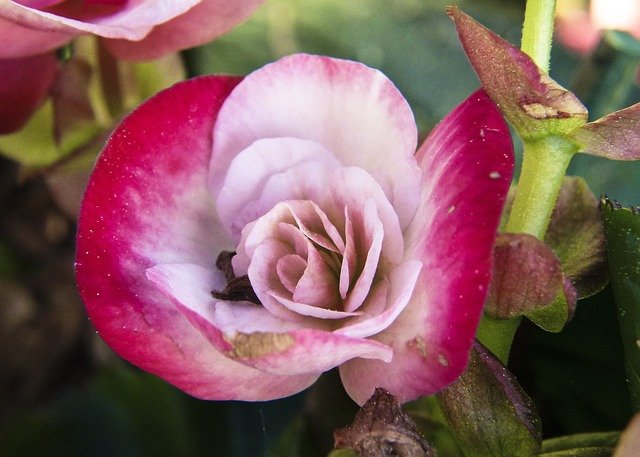
#1. Wax Begonia
Wax Begonia, or pink flowers name Begonia, is a popular annual flowering plant that is widely used in gardens, landscapes, and containers. Its vibrant blooms come in various colors, including shades of red, white, and pink. The addition of a lovely pink flower enhances the visual appeal of any floral display or outdoor space.
- Scientific Name: Begonia semperflorens-cultorum Plant
- Type: Annual flowering plant

#2.Bougainvillea
Bougainvillea is a tropical plant known for its vibrant, colorful bracts that surround its small white flowers. Among the striking hues that adorn this beautiful plant, the addition of pink flowers creates a captivating spectacle, infusing the surroundings with a delightful burst of color.
- Scientific Name: Bougainvillea spp.
- Plant Type: Vining shrub
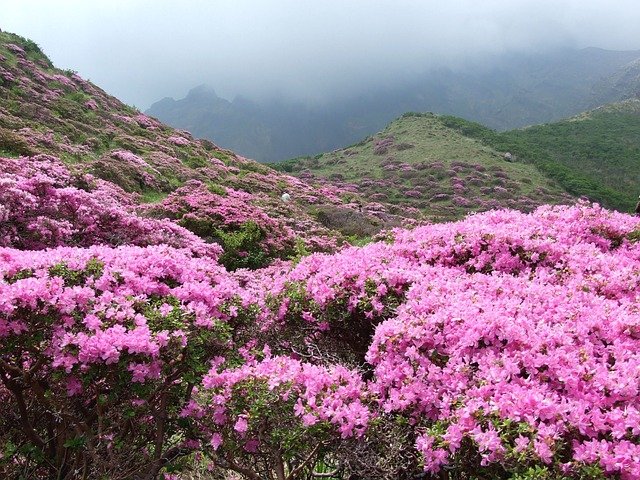
#3. Azalea
Azaleas are popular ornamental shrubs known for their stunning blooms in shades of pink, purple, red, orange, and white.
- Scientific name: Rhododendron spp.
- Plant type: Evergreen or deciduous shrub

#4. Dahlia
Dahlias are a beautiful and versatile flower that can add a pop of color to any garden or landscape. With their wide variety of shapes, sizes, and colors, including lovely shades of pink, dahlias are a popular choice among gardeners and flower enthusiasts.
- Scientific Name: Dahlia
- Plant Type: Herbaceous perennial

#5. Snapdragon
Snapdragon is a popular flowering plant known for its distinctive blooms that resemble the face of a dragon. The inclusion of pink flowers adds a soft and enchanting touch to the overall charm of snapdragons.
- Plant Type: Snapdragon is an annual or perennial flowering plant that grows up to 3 feet tall. It is native to the Mediterranean region, but is widely cultivated in other parts of the world.
- Sunlight Needs: Snapdragon prefers full sun to partial shade. It should be planted in an area that receives at least 6 hours of direct sunlight per day.
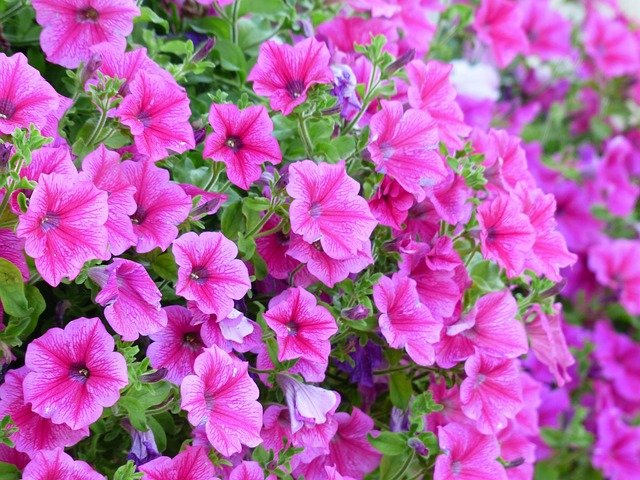
#6. Petunia
Petunias are popular flowering plants known for their bright, colorful blooms. They are commonly used in gardens, hanging baskets, and as border plants. Among the wide range of hues available, the addition of pink flowers to petunias brings a delightful burst of softness and charm, elevating the visual appeal of any floral arrangement or outdoor display.
- Scientific name: Petunia spp.
- Plant type: Annual or perennial flowering plant
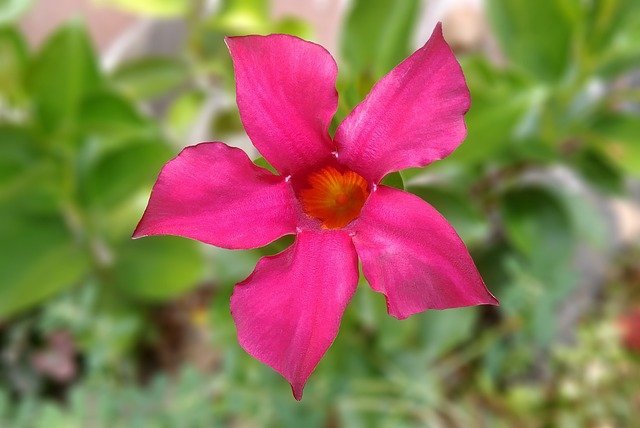
#7. Calla Lily
Calla Lily is a popular choice for weddings, bouquets, and floral arrangements due to its elegant and sophisticated appearance. The plant is also commonly used as a houseplant due to its low-maintenance requirements and long-lasting blooms.
- Plant Type: Calla Lily is a perennial flowering plant that grows from rhizomes. It typically grows up to 2-3 feet tall and produces large, distinctive blooms.
- Sunlight Needs: Calla Lily prefers bright, indirect sunlight. It should be planted in an area that receives at least 6 hours of indirect sunlight per day.
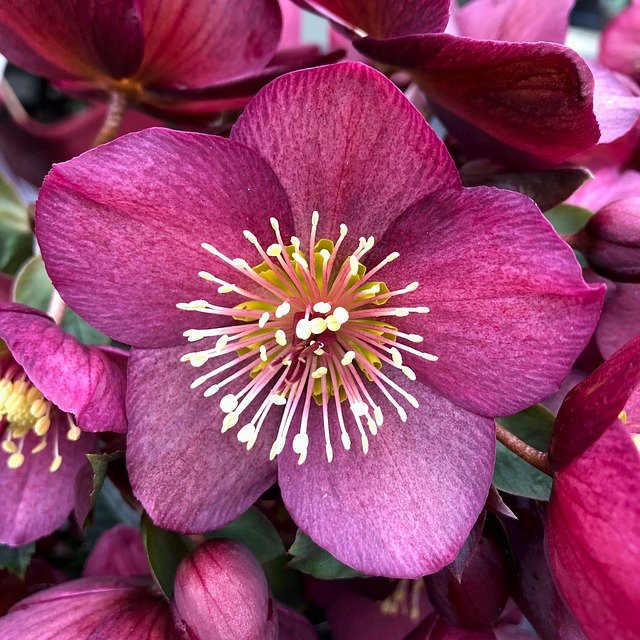
#8. Lenten Rose
Lenten Rose prefers well-draining, rich soil with a pH range of 6.0-7.5. It benefits from regular fertilization and adequate moisture.
- Scientific Name: Helleborus orientalis
- Plant Type: Perennial
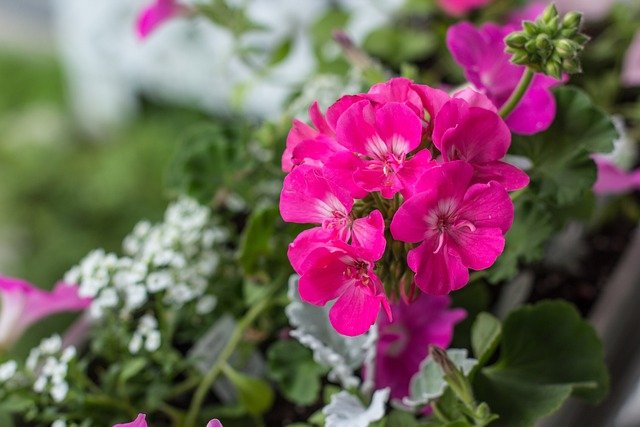
#9. Alyssum
Alyssum is a delicate and fragrant flowering plant native to the Mediterranean. With its small, sweet-smelling flowers and low-growing habit, it brings charm to gardens. The addition of pink flowers adds a touch of beauty to Alyssum’s overall appeal.
- Plant Type: Alyssum is a low-growing annual or perennial plant that typically reaches heights of 6-12 inches. It produces clusters of small, sweet-smelling flowers that come in shades of white, pink, purple, and yellow.
- Sunlight Needs: Alyssum prefers full sun to partial shade. It can tolerate some shade, but will produce fewer flowers in shadier locations.

#10. Camellia
Camellia is a popular ornamental plant known for its beautiful and delicate flowers. Here are some facts about this plant:
- Scientific name: Camellia japonica
- Plant type: Evergreen shrub
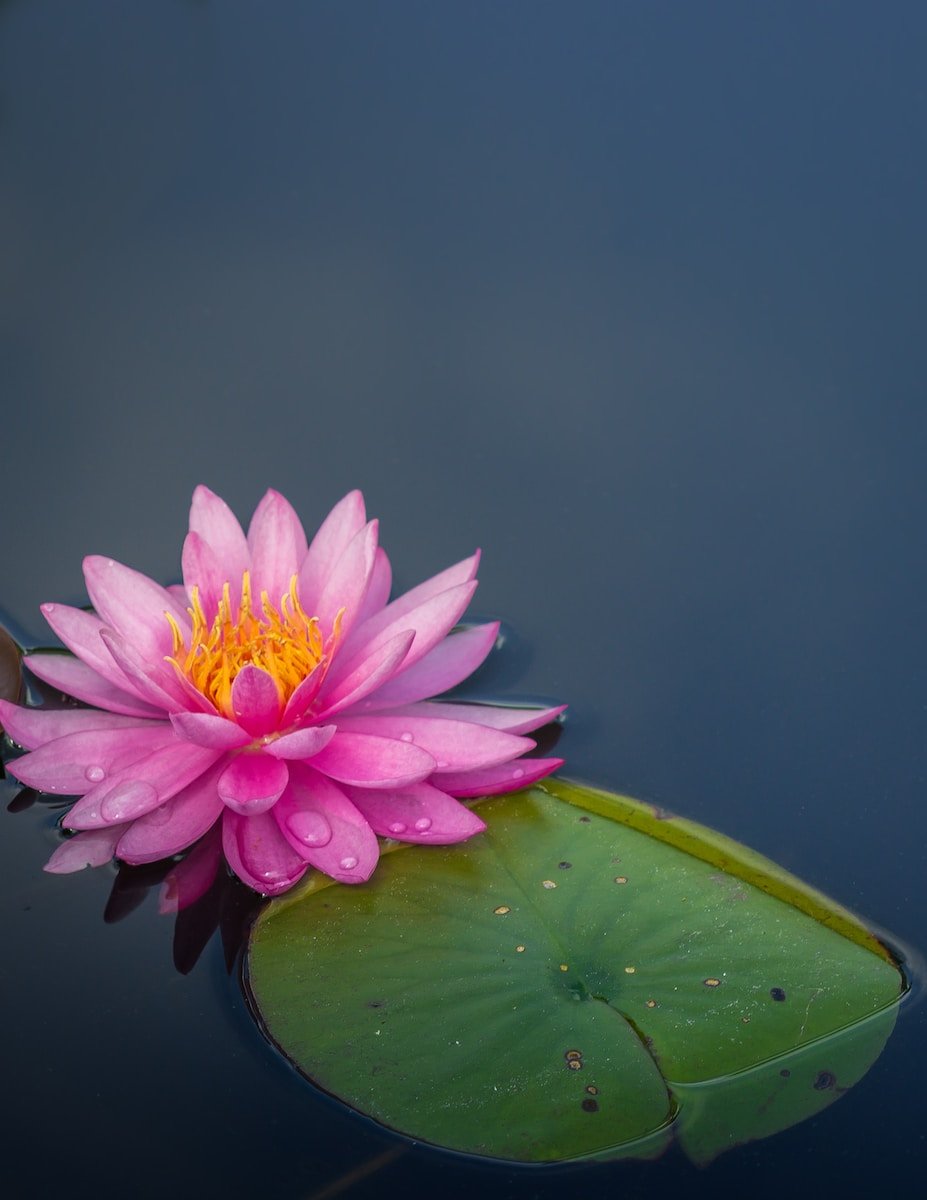
#11. Pasque Flower
Pasque Flower, also known as Pulsatilla vulgaris, is a beautiful spring blooming perennial that adds a pop of color and texture to any garden. With its unique blooms and easy-to-care-for nature,
- Scientific Name: Pulsatilla vulgaris
- Plant Type: Perennial
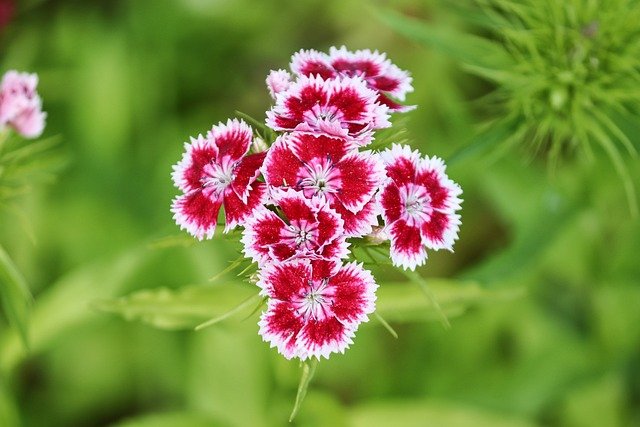
#12. Fuchsia Flower
Fuchsia is a beautiful flowering plant known for its vibrant, bell-shaped flowers that hang from long, slender stems.
- Plant Type: Fuchsia is a deciduous shrub or small tree that can grow up to 10 feet tall. It is native to South America and is often grown as an annual or a houseplant in other parts of the world.
- Sunlight Needs: Fuchsia prefers partial shade to full shade. It should be planted in an area that receives filtered sunlight or only a few hours of direct sunlight per day.
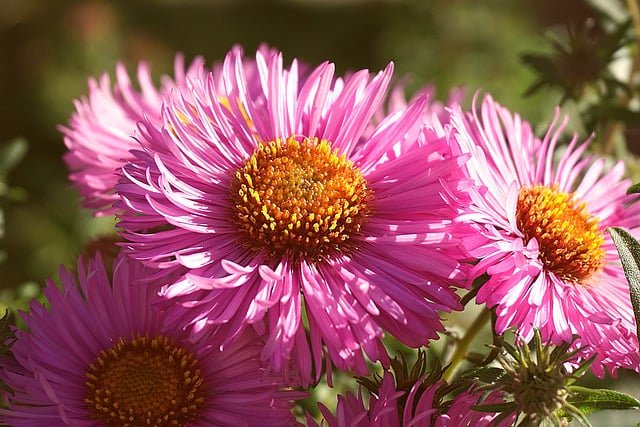
#13.Aster flower
Aster Flower is a beautiful and popular late-blooming perennial that can add a splash of color and beauty to your garden when most other flowers have finished blooming.
- Scientific Name: Aster spp.
- Plant Type: Perennial
- Sunlight Needs: Full sun to partial shade
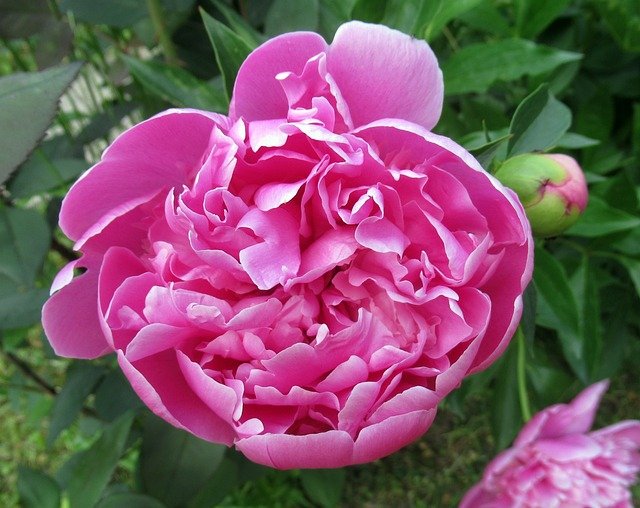
#14. Tuberose
Tuberose is a highly fragrant flowering plant that is native to Mexico and Central America. It is known for its slender stalks, large white flowers, and sweet, floral fragrance.
- Plant Type: Tuberose is a perennial bulbous plant that typically grows to a height of 2-3 feet. It produces clusters of large, white, tubular flowers that are highly fragrant.
- Sunlight Needs: Tuberose prefers full sun to partial shade. It can tolerate some shade, but will produce fewer flowers in shadier locations.

#15.Bee Balm
Bee Balm Flower, also known as Monarda, is a hardy and beautiful perennial that is native to North America. With its bright and showy flowers and fragrant foliage,
- Scientific Name: Monarda spp.
- Plant Type: Perennial
- Sunlight Needs: Full sun to partial shade

#16. Spider Lily
Spider Lily Flower, also known as Hymenocallis, is a striking and unusual flowering plant that is sure to make a statement in any garden. With its distinctive spider-like blooms and tall, slender stems
- Scientific Name: Hymenocallis spp.
- Plant Type: Perennial bulb

#17. Pink Amaryllis
Pink Amaryllis is a beautiful flowering plant that belongs to the Amaryllidaceae family. This plant is popular for its stunning pink blooms, which can add a pop of color to any indoor or outdoor space.
- Plant Type: Pink Amaryllis is a bulbous plant that produces large, showy flowers. It typically grows to a height of 1-2 feet and blooms in the late winter or early spring.
- Sunlight Needs: Pink Amaryllis prefers bright, indirect sunlight. It can also tolerate some direct sunlight, but should be protected from intense afternoon sun.

#18. Bletilla
Bletilla Flower, also known as Chinese Ground Orchid, is a stunning and hardy perennial plant that produces showy and fragrant blooms. With its ease of care and adaptability,
- Scientific Name: Bletilla spp.
- Plant Type: Herbaceous perennial plant
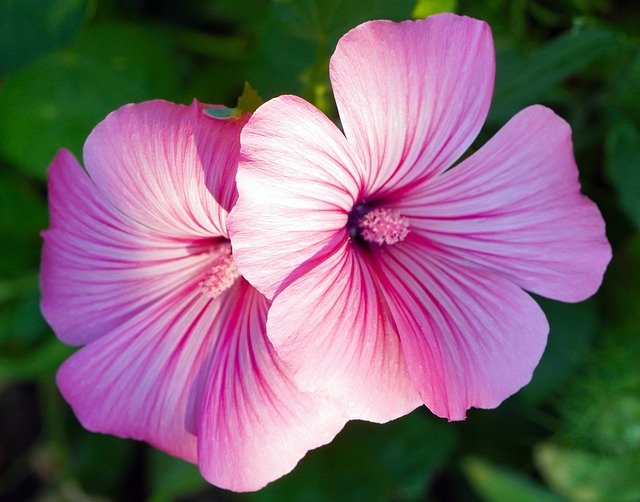
#19. Hibiscus
Hibiscus Flower is a stunning and colorful tropical plant that produces large and showy blooms. With its bold and eye-catching flowers, Hibiscus Flower is a great choice for gardeners
- Scientific Name: Hibiscus spp.
- Plant Type: Shrubby perennial plant
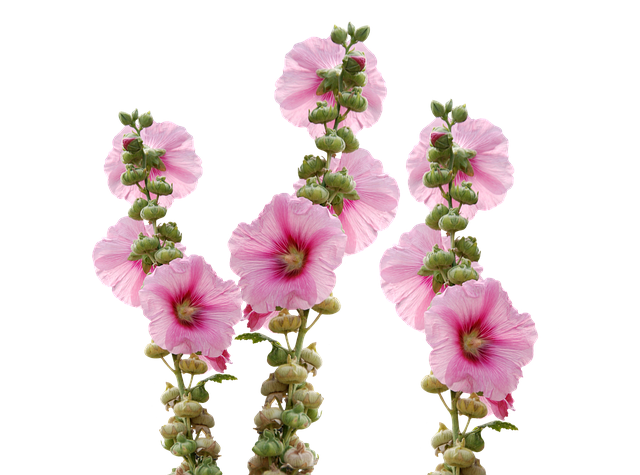
#20. Hollyhock
CattleyHollyhock Flower is a traditional and charming plant that adds a touch of old-fashioned beauty to any cottage or country-style garden. With its tall and stately stems and brightly colored flowers,
- Scientific Name: Alcea spp.
- Plant Type: Biennial or short-lived perennial plant

#21. Hyacinth
Hyacinth is a bulbous plant known for its fragrant and colorful flowers. Here is an article that covers the scientific name, plant type, sunlight needs, plant size, growing zones,
- Scientific Name: Hyacinthus orientalis
- Plant Type: Bulbous plant
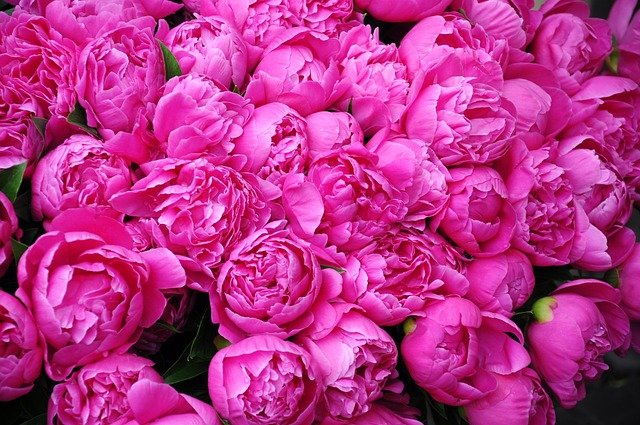
#22. Peony
Peonies are herbaceous perennials that are prized for their large, showy flowers and attractive foliage. Here is an article that covers the scientific name, plant type,
- Scientific Name: Paeonia
- Plant Type: Herbaceous perennial

#23. primrose
Primrose flowers are delicate and charming plants that bloom in the spring. With their bright, cheerful colors and sweet fragrance, they are a popular choice for gardens and container displays. Here’
- Scientific Name: Primula vulgaris
- Plant Type: Perennial herbaceous plant

#24. Stargazer Lily
Lily is a popular flower known for its large, showy blooms and delightful fragrance. It is a hybrid lily that was first introduced in 1978 and has since become a favorite among gardeners and florists alike.
- Scientific Name: Lilium ‘Stargazer’
- Plant Type: Perennial bulbous plant
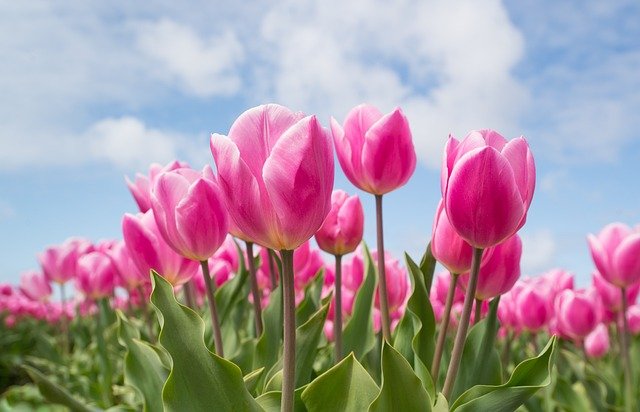
#25.Tulips
Tulips are popular spring-blooming flowers known for their bright colors and simple yet elegant beauty. Here are some key facts about tulips:
- Scientific Name: Tulipa
- Plant Type: Bulbous perennial

#26.zinnia
Zinnia is a beautiful, vibrant flower that comes in a range of colors, including shades of pink, yellow, red, and orange.
- Scientific Name: Zinnia elegans
- Plant Type: Annual flower

#27. Bleeding Heart
Annual Honesty is known for its attractive, fragrant flowers that come in shades of purple, pink, and white.
- Scientific Name: Lunaria annua
- Plant Type: Annual Honesty is an herbaceous biennial or annual flowering plant that is grown for its attractive flowers and unique seed pods.

#28. Veronica
Veronica, also known as Speedwell, is a genus of flowering plants that belong to the Plantaginaceae family. There are over 500 species of Veronica
- Scientific Name: Veronica spp.
- Plant Type: Herbaceous perennial or annual

#29.Moss Phlox ‘Pink’
Moss Phlox Pink is a variety of Phlox subulata that features pinkish-purple flowers with darker centers This plant is commonly used as a ground cover due to its low-growing habit and ability to spread quickly.
- Scientific name: Phlox subulata
- Plant type: Perennial ground cover

#30. Coneflower
Coneflower, also known as Echinacea, is a popular flowering plant in the daisy family. These plants are native to North America and are often cultivated for their attractive flowers,
- Scientific Name: Echinacea purpurea
- Plant Type: Herbaceous perennial
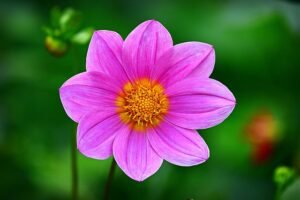
#31. Blazing Stars
Cosmos is a popular flowering plant that is widely grown for its colorful, daisy-like blooms. Here are some bullet points about the scientific name, plant type, sunlight needs,
- Scientific name: Cosmos bipinnatus (commonly known as Cosmos)
- Plant type: Annual flowering plant
| Pink Flowers Names | Pink Flowers Names |
|---|---|
| 1. Rose | 21. Lotus |
| 2. Peony | 22. Lisianthus |
| 3. Cherry Blossom | 23. Begonia |
| 4. Carnation | 24. Petunia |
| 5. Azalea | 25. Ranunculus |
| 6. Tulip | 26. Azalea |
| 7. Camellia | 27. Alstroemeria |
| 8. Zinnia | 28. Lavatera |
| 9. Orchid | 29. Delphinium |
| 10. Hydrangea | 30. Nerine |
| 11. Geranium | 31. Bougainvillea |
| 12. Bleeding Heart | 32. Chrysanthemum |
| 13. Sweet Pea | 33. Gerbera Daisy |
| 14. Dianthus | 34. Salvia |
| 15. Foxglove | 35. Celosia |
| 16. Impatiens | 36. Lavender |
| 17. Snapdragon | 37. Hellebore |
| 18. Cyclamen | 38. Anemone |
| 19. Primrose | 39. Marigold |
| 20. Hollyhock | 40. Nemesia |
Faqs
Some popular pink flowers include roses, peonies, cherry blossoms, carnations, and azaleas.
The scientific name for the pink carnation is Dianthus caryophyllus. It is a widely cultivated flower known for its ruffled petals and pleasant fragrance.
The pink rose is often associated with love and romance. There are various species and cultivars of pink roses, including hybrid tea roses, English roses, and climbing roses.
The pink peony is often associated with gratitude and appreciation. Its large, lush blooms and sweet fragrance make it a popular choice for expressing thanks and admiration.
The pink tulip is often associated with femininity and grace. With its elegant shape and soft pink petals, the tulip symbolizes beauty and charm, making it a classic choice for many occasions.

